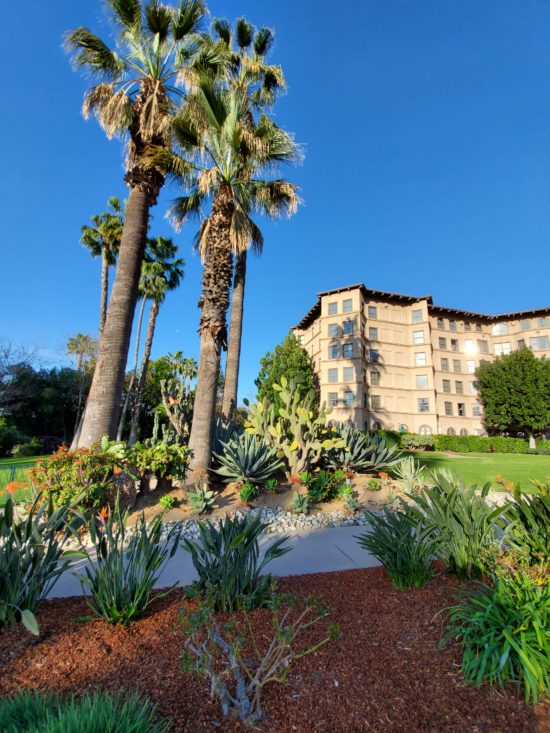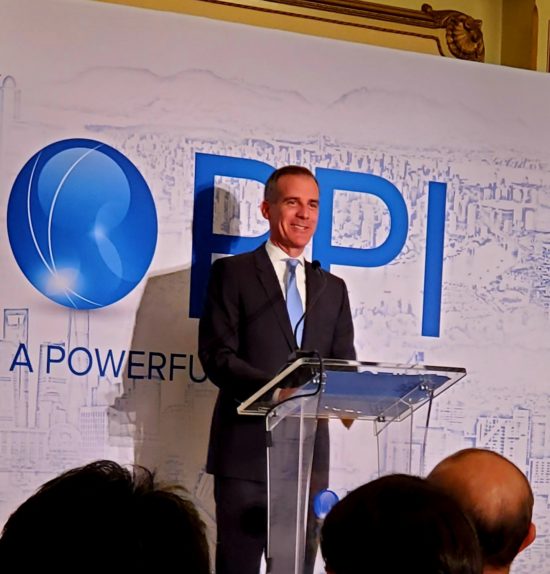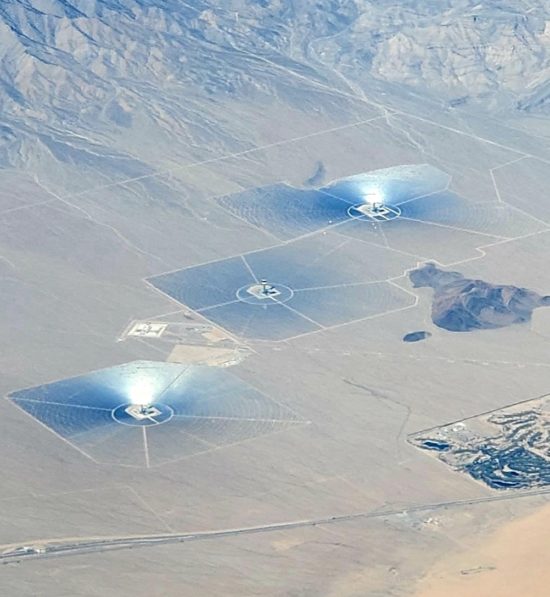
Last week I was privileged to present an invited talk (PDF here) to the Winter Roundtable of the the Pacific Pension & Investment Institute in Pasadena, CA. The PPI meeting includes about 120 senior asset managers representing about $25 Trillion in investments. Their focus is on long-term investing with many managing the retirement funds of private sector and state employees.
They had originally intended the climate change session to be a debate, but after numerous inquiries were unable to find anyone who was willing to oppose me.
Like most people, these asset managers represent a wide variety of views on climate change, but what they have in common is they are under increasing pressure to make “sustainable investing” a significant fraction of their portfolios. Some managers view this as an infringement on their fiduciary responsibility to provide the highest rates of return for their customers. Others believe that sustainable investing (e.g. in renewable energy projects) is a good long-term investment if not a moral duty. Nearly all have now divested from coal. Many investment funds now highlight their sustainable investments, as they cater to investors who (for a variety of reasons) want to be part of this new trend.
My understanding is that most investment managers have largely been convinced that climate change is a serious threat. My message was that this is not the case, and that at a minimum the dangers posed by human-caused climate change have been exaggerated. Furthermore, the benefits of more carbon dioxide in the atmosphere (e.g. increased agricultural productivity with no sign of climate change-induced agricultural harm) are seldom mentioned. I showed Bjorn Lomborg’s evidence for the 95% reduction in weather-related mortality over the last 100 years, as well as Roger Pielke, Jr’s Munich Re data showing no increase in insured damages as a fraction of GDP.
One meeting organizer took considerable professional risk in insisting that I be invited to provide a more balanced view of climate change than most of the attendees had been exposed to before, and there was considerable anxiety about my inclusion in the program. Fortunately, my message (a 30 minute PowerPoint presentation [pdf here] with a panel discussion afterward) was unexpectedly well-received. An e-mail circulated after the meeting claimed that I had “changed the dynamic of future meetings.” The Heartland Institute was also involved in making this happen.
Los Angeles Mayor Eric Garcetti gave a speech at the first night’s dinner, in which he (as you might expect) mentioned the challenge of climate change, reducing “carbon” emissions, and his young daughter’s anxiety over global warming.

The experience for me was gratifying. Even those few participants who disagreed with me were very polite, and we all got along very well. In what might be considered a bit of irony, on my flight to LAX we flew past the failed Ivanpah solar power facility southwest of Las Vegas, which produced a blinding white light for about 5 minutes.


 Home/Blog
Home/Blog



